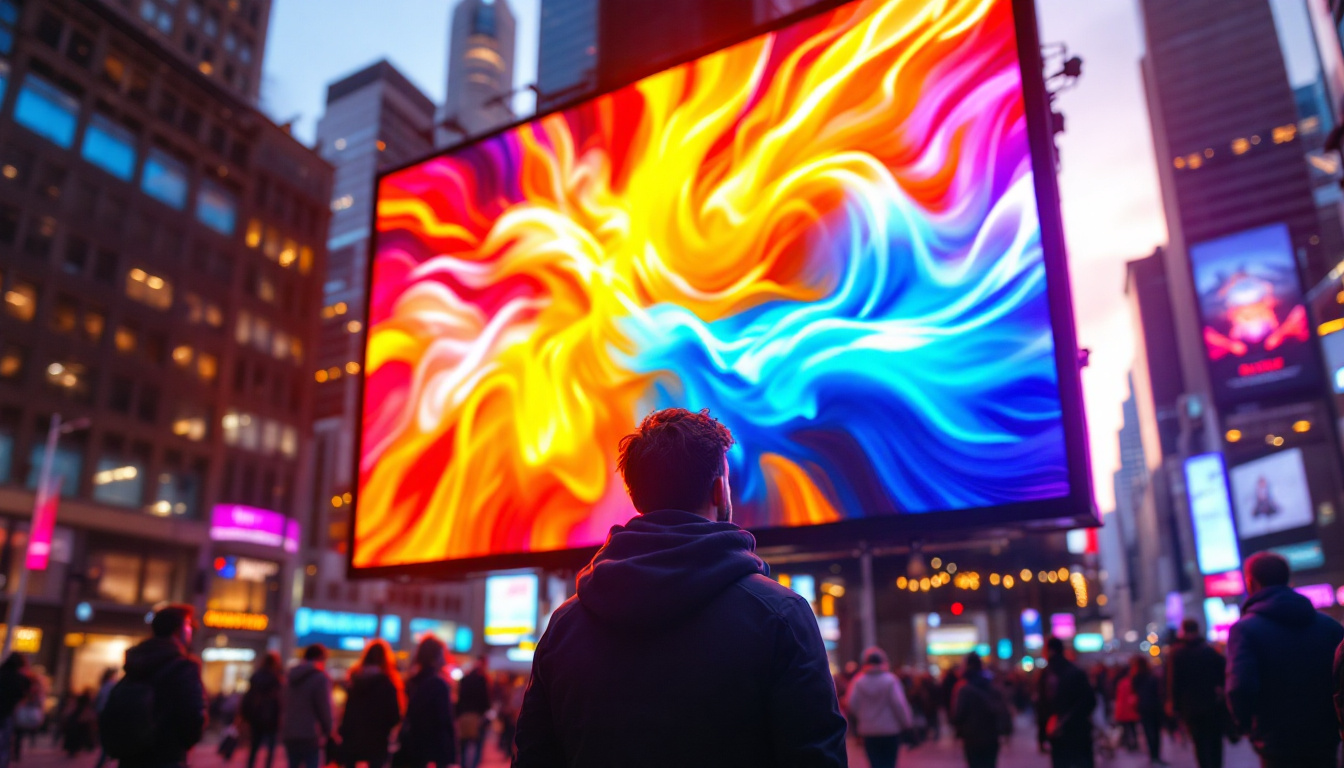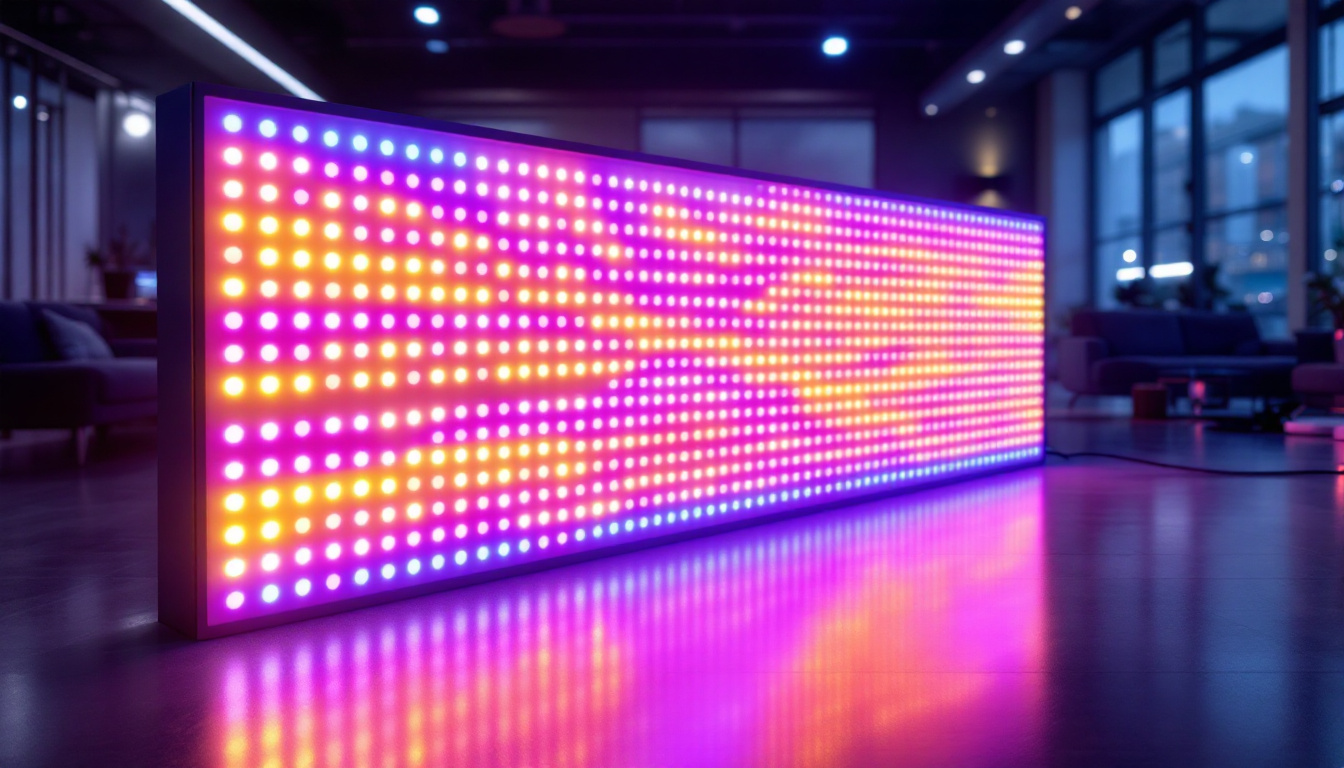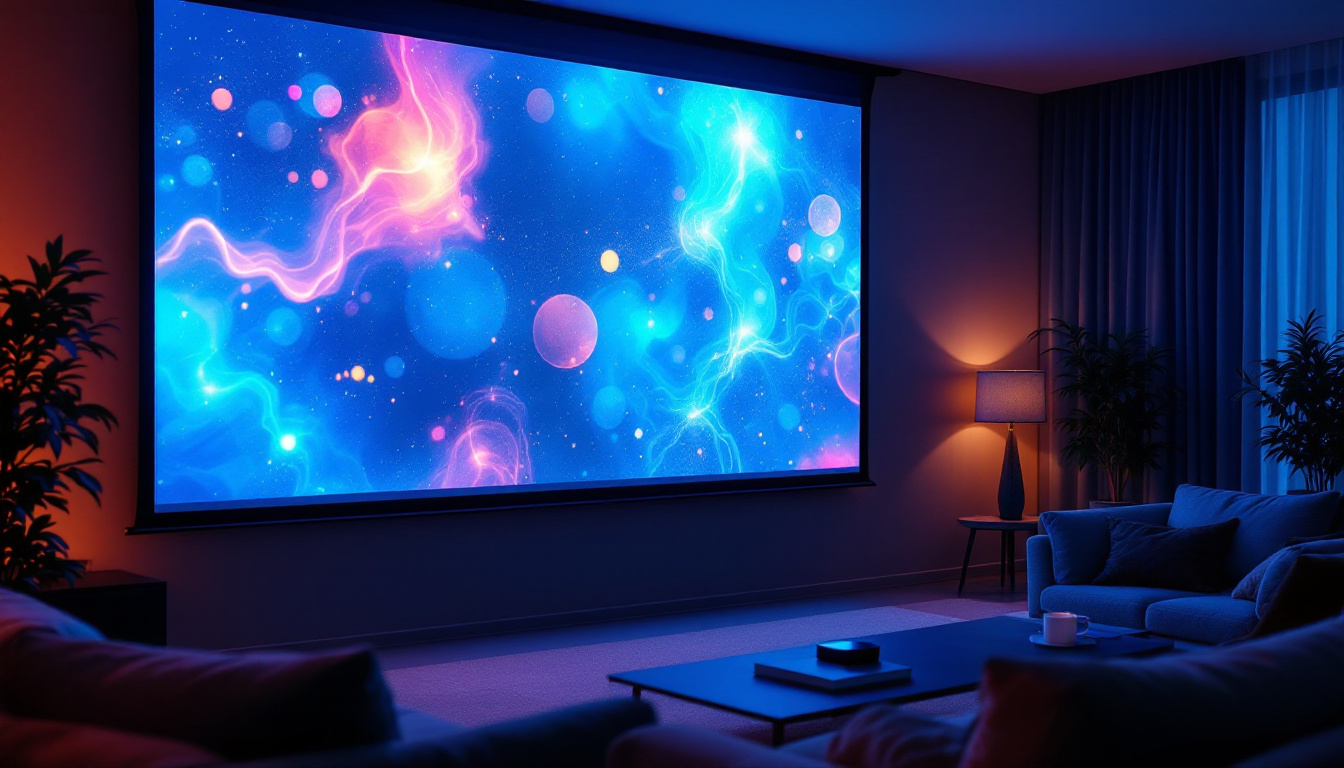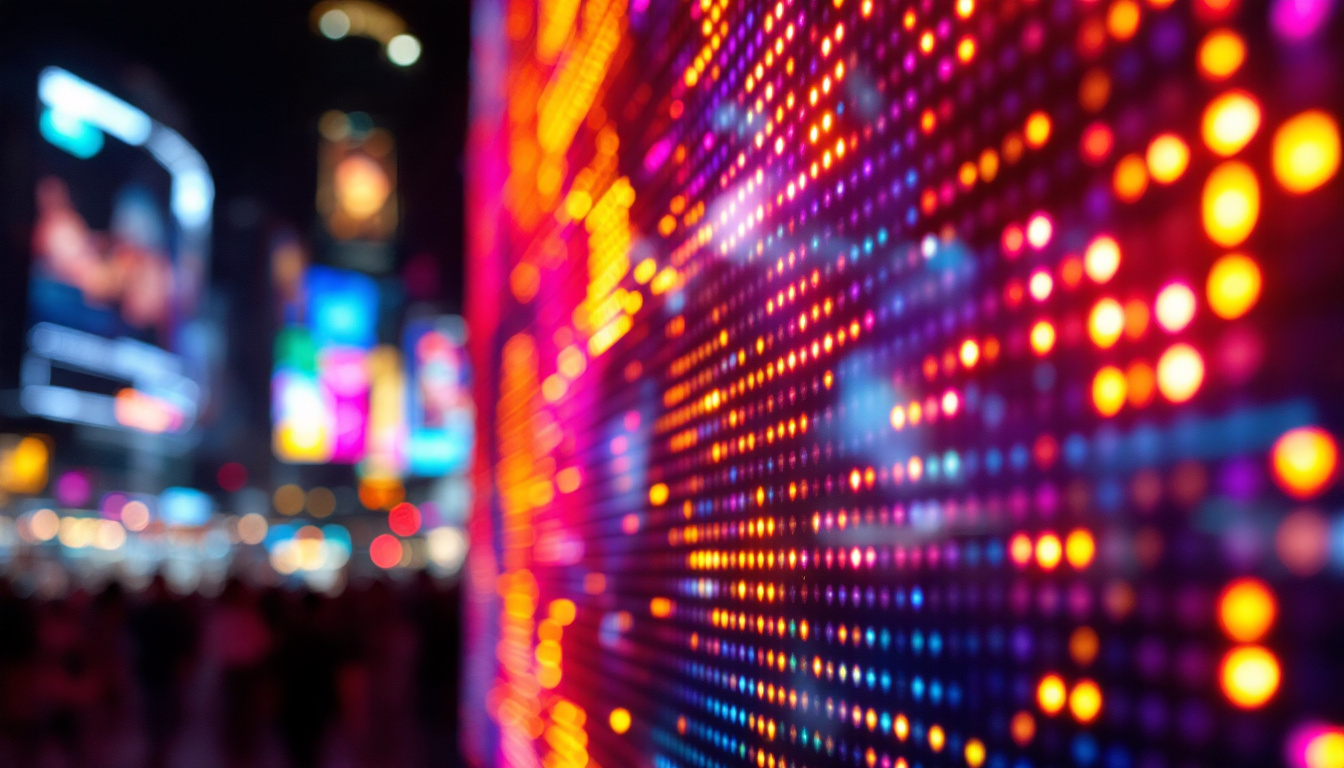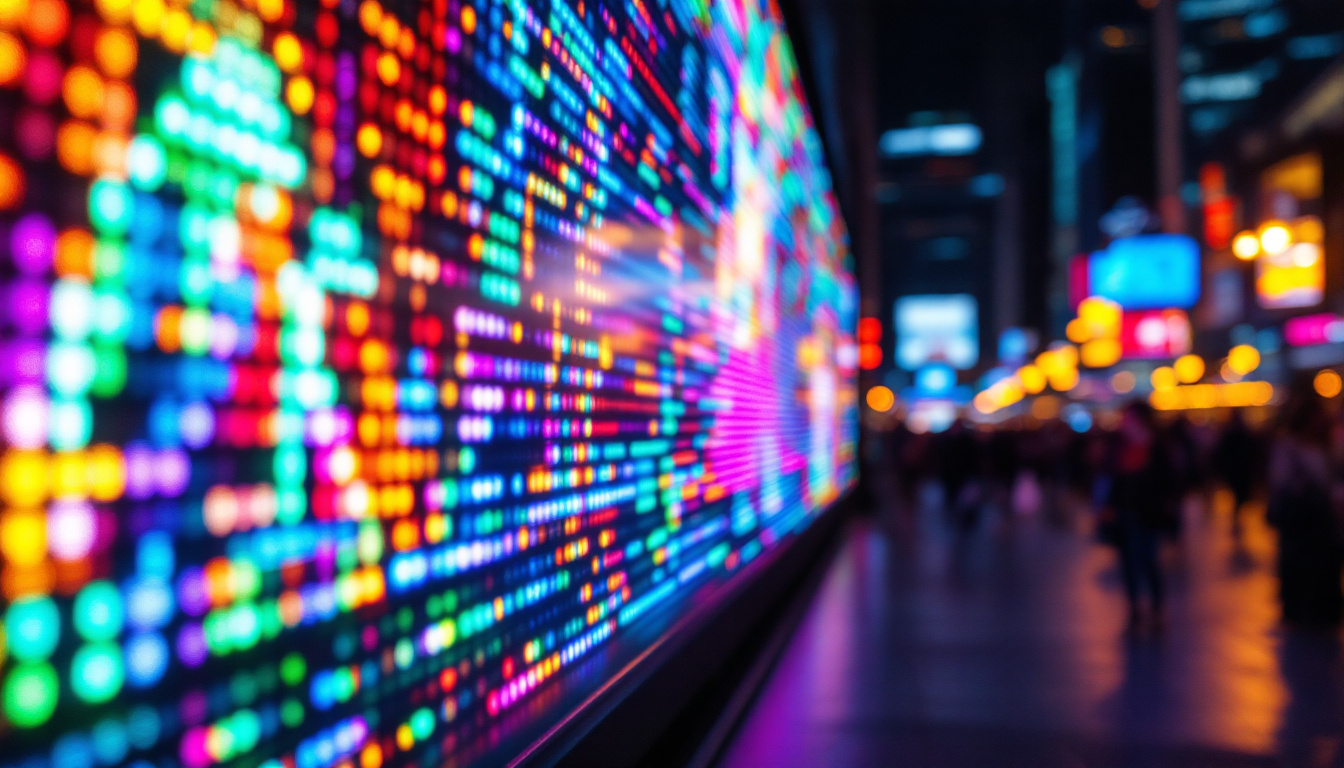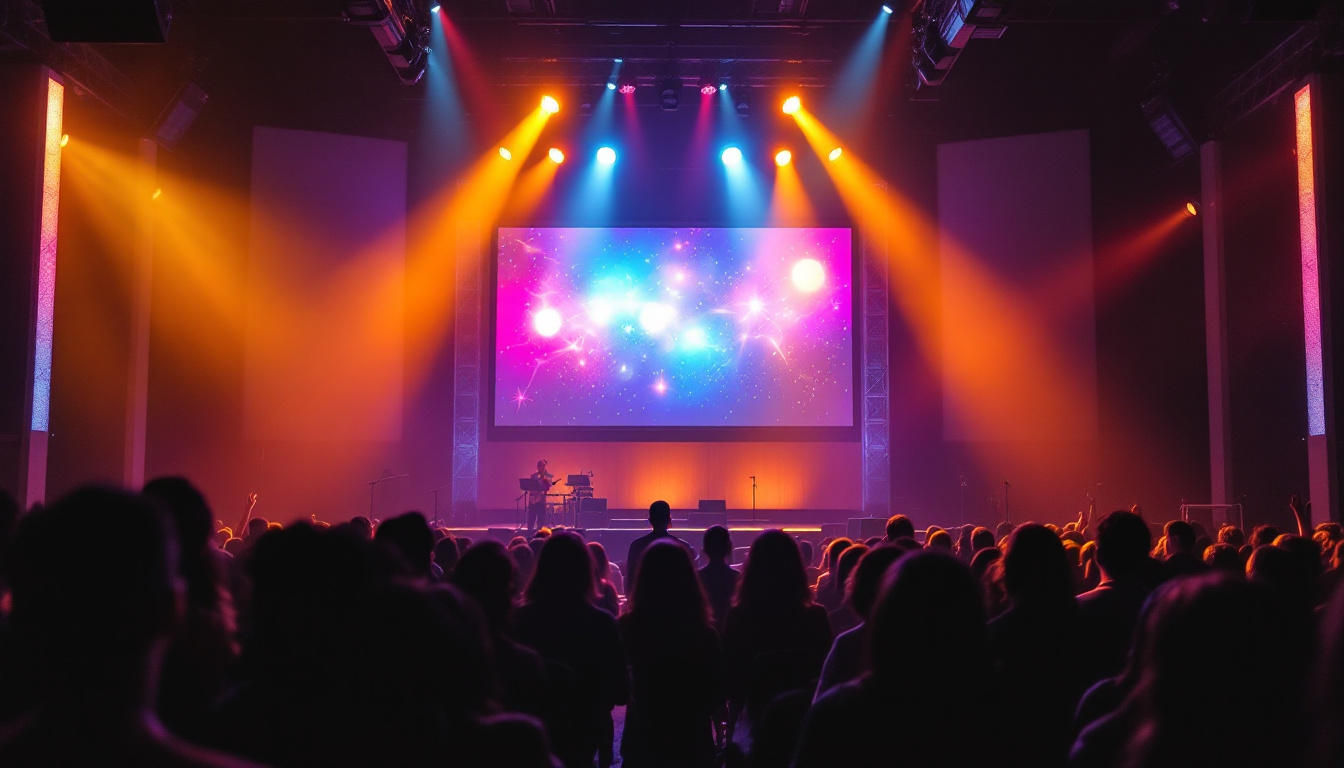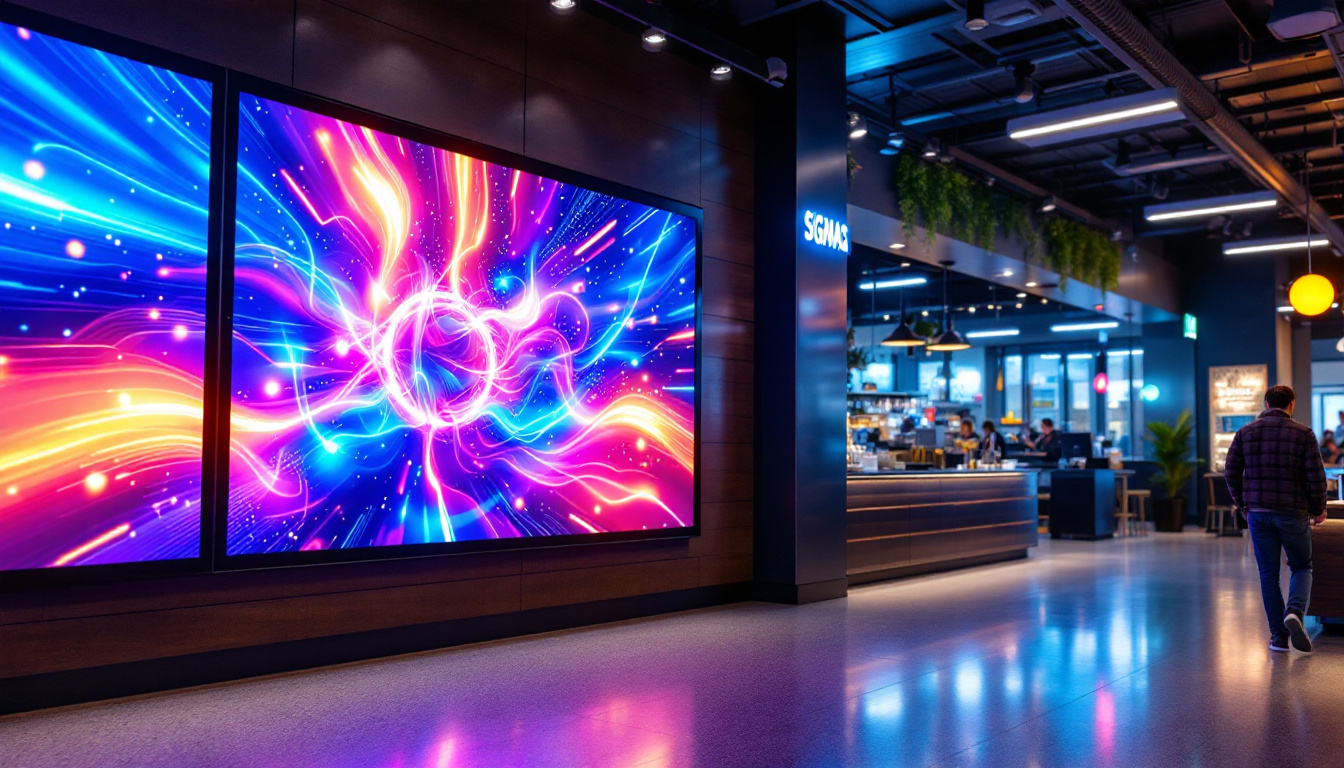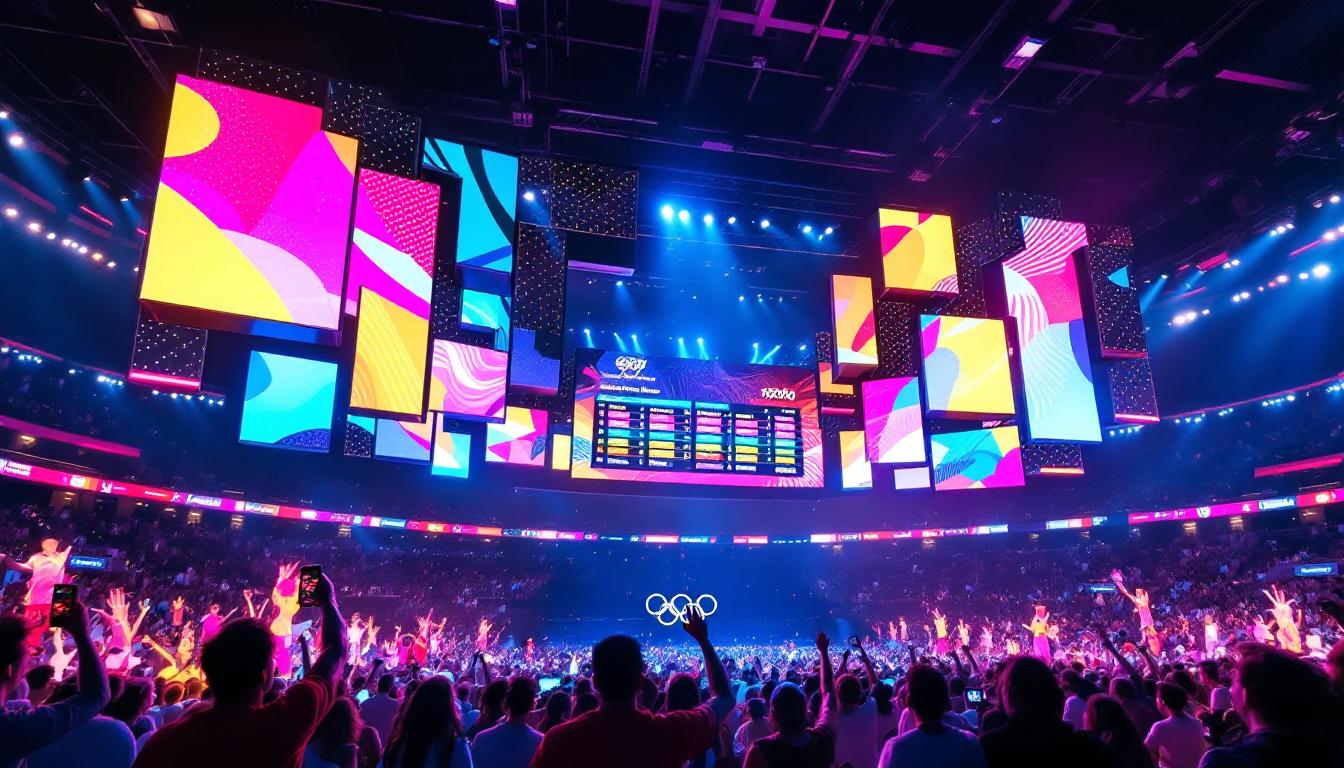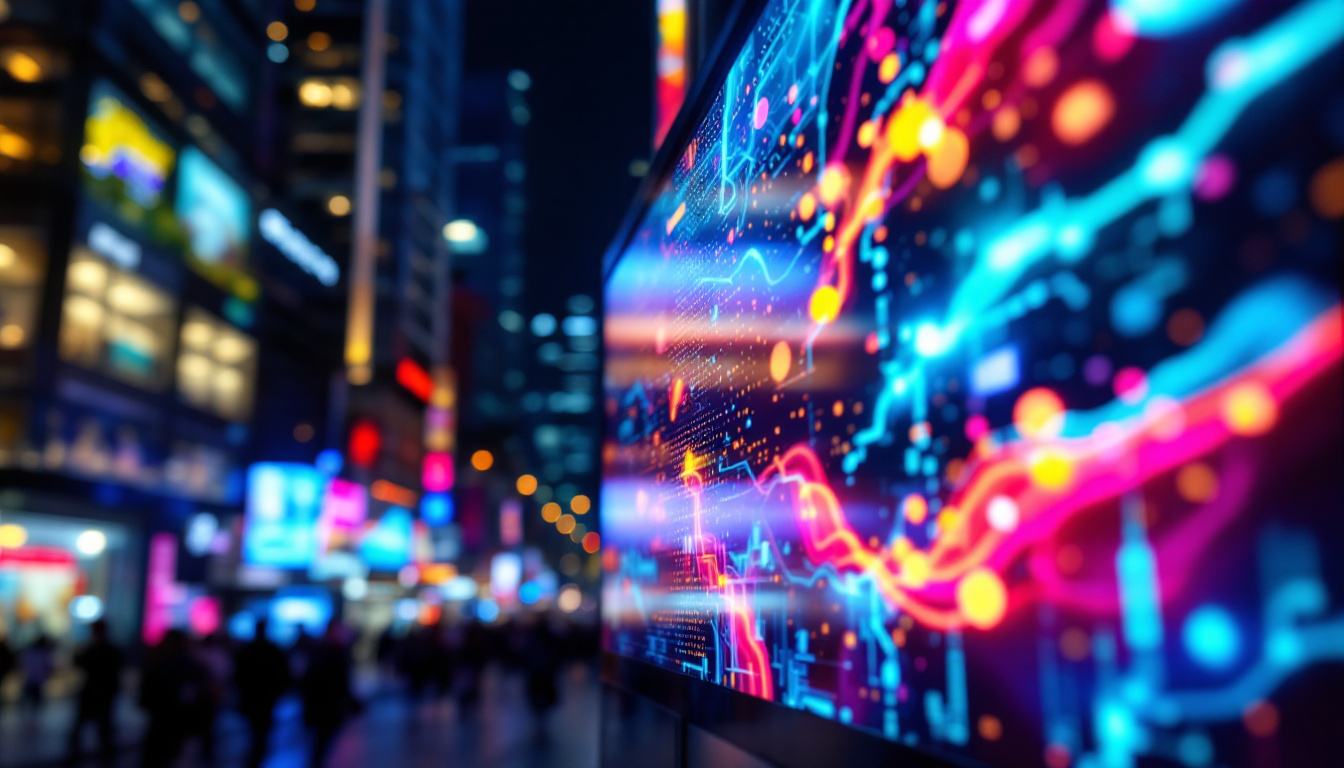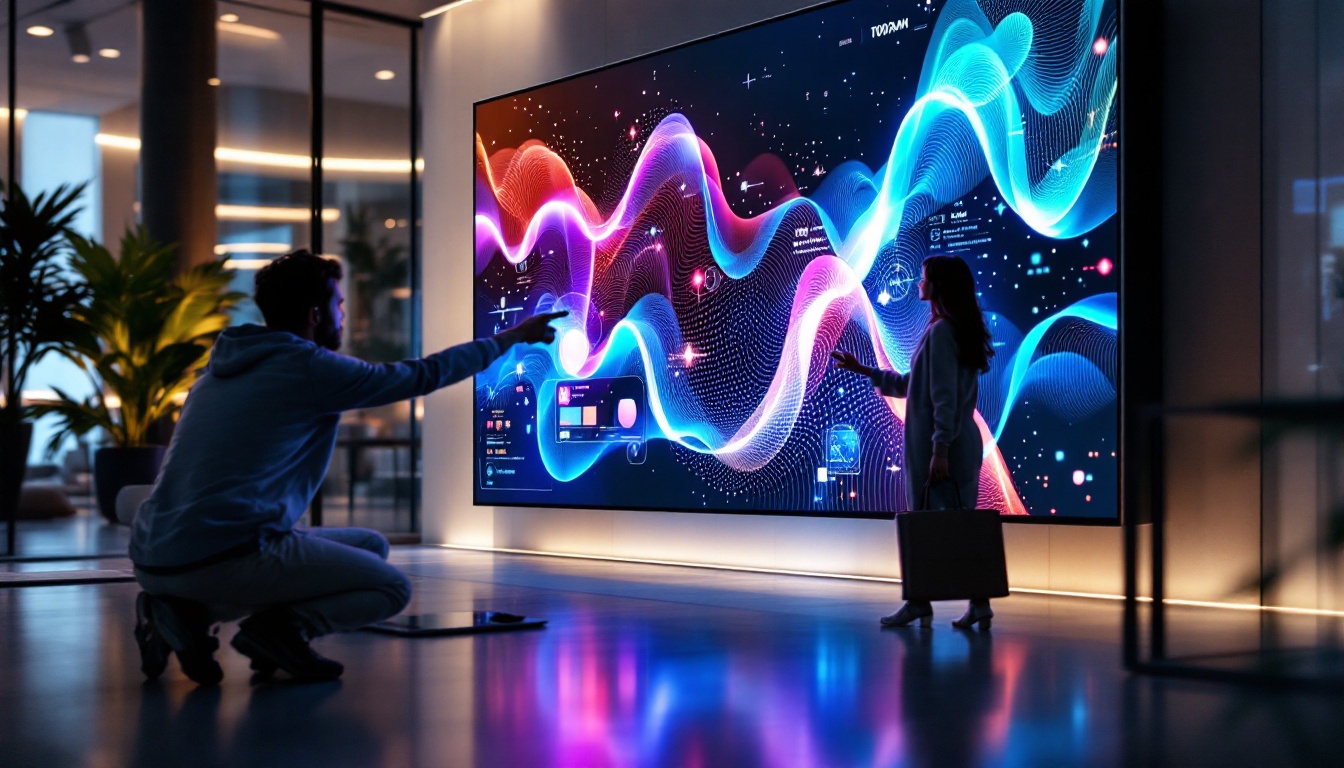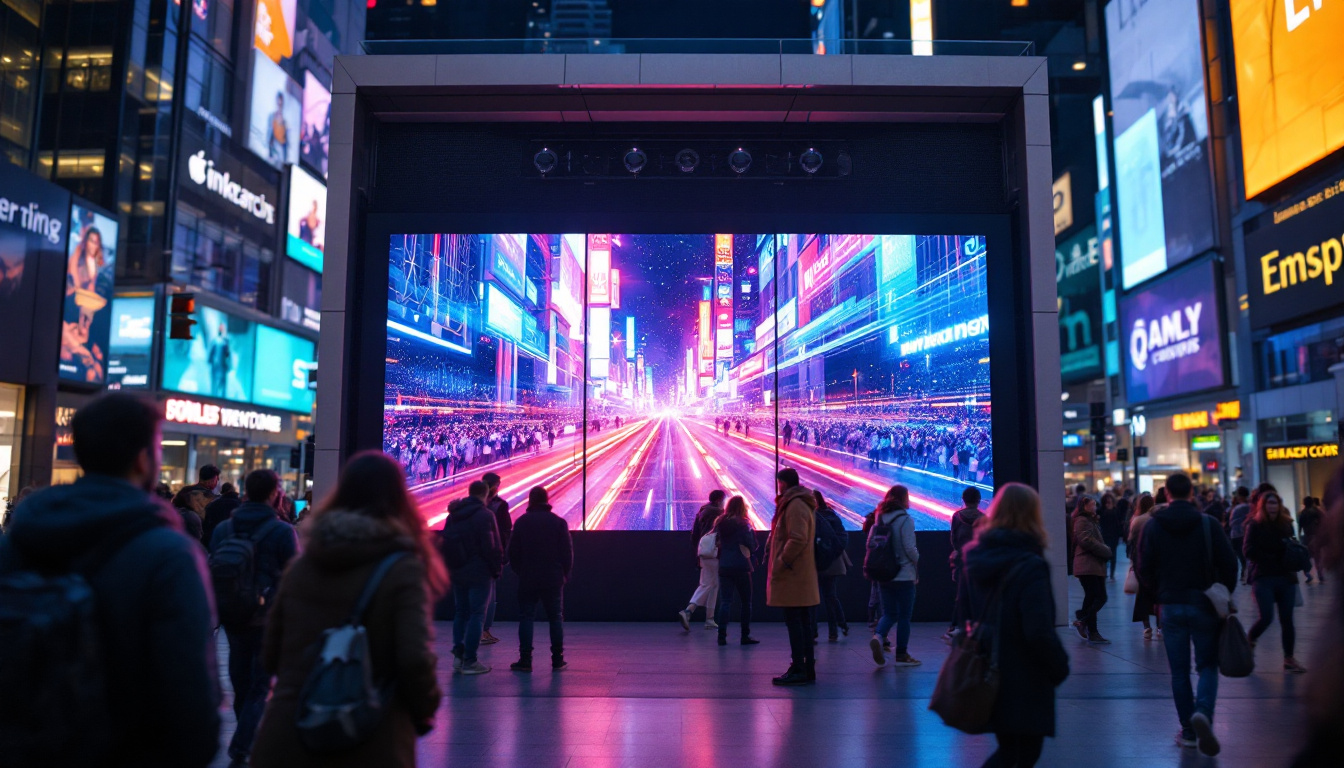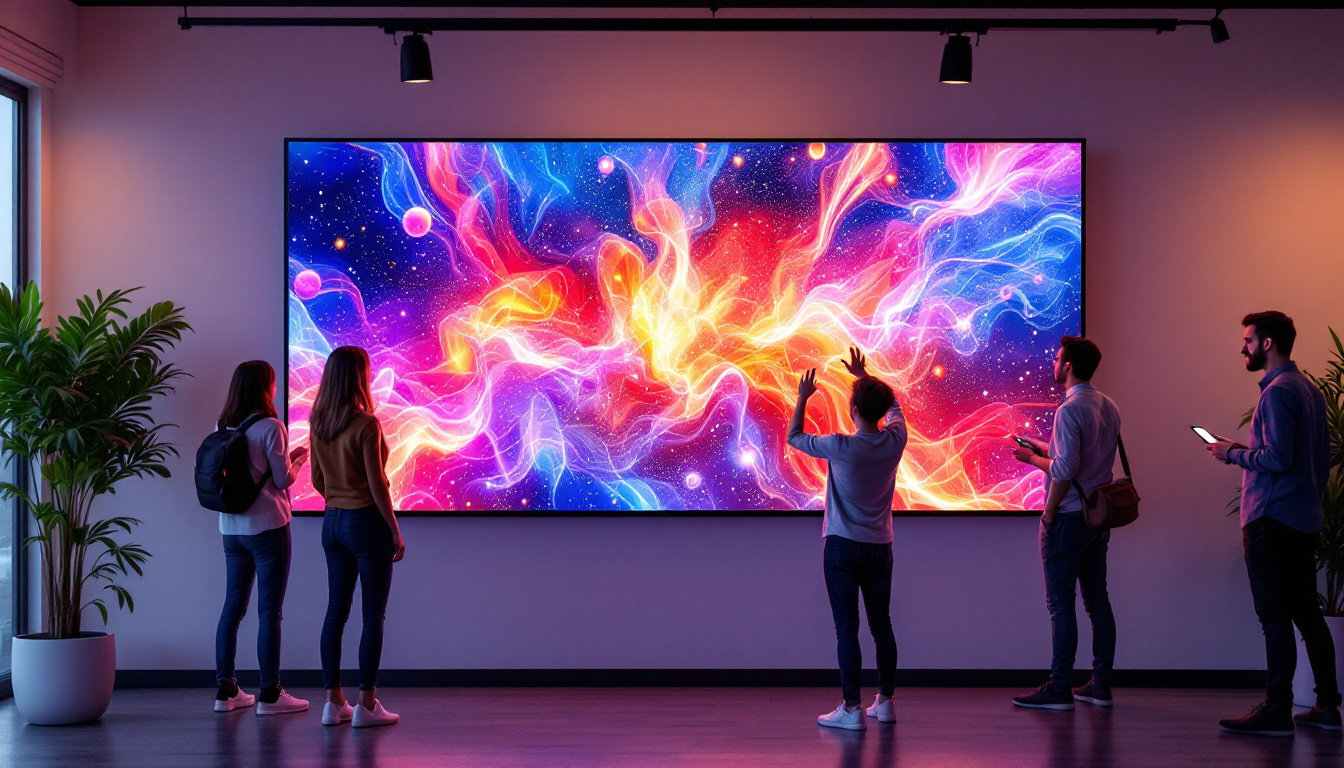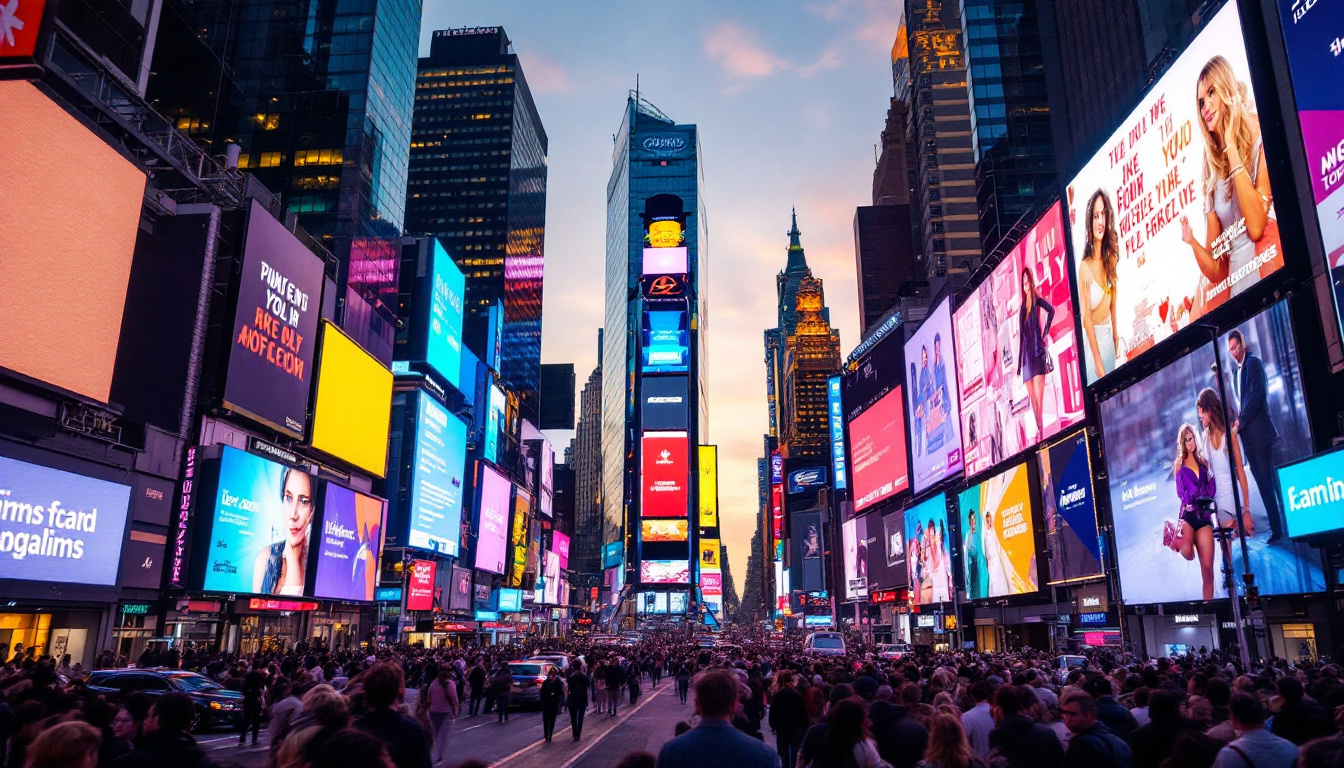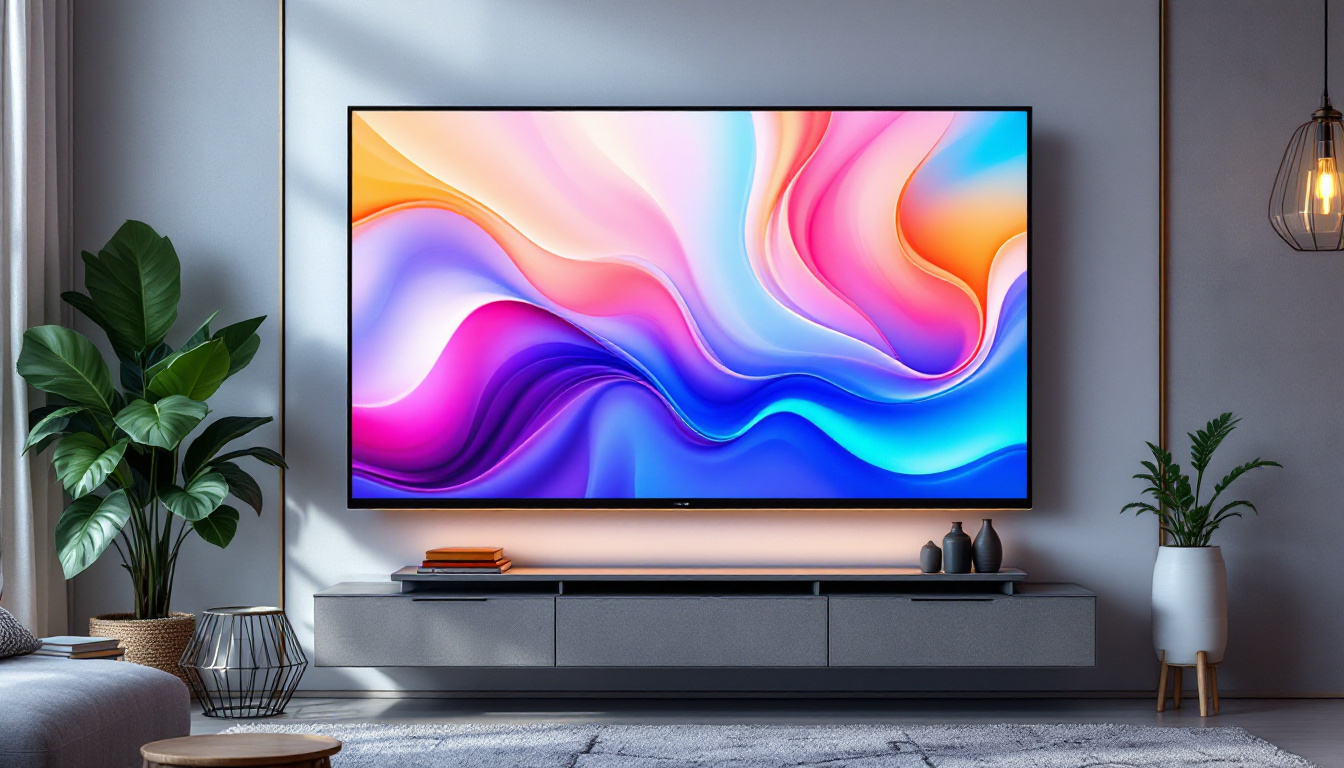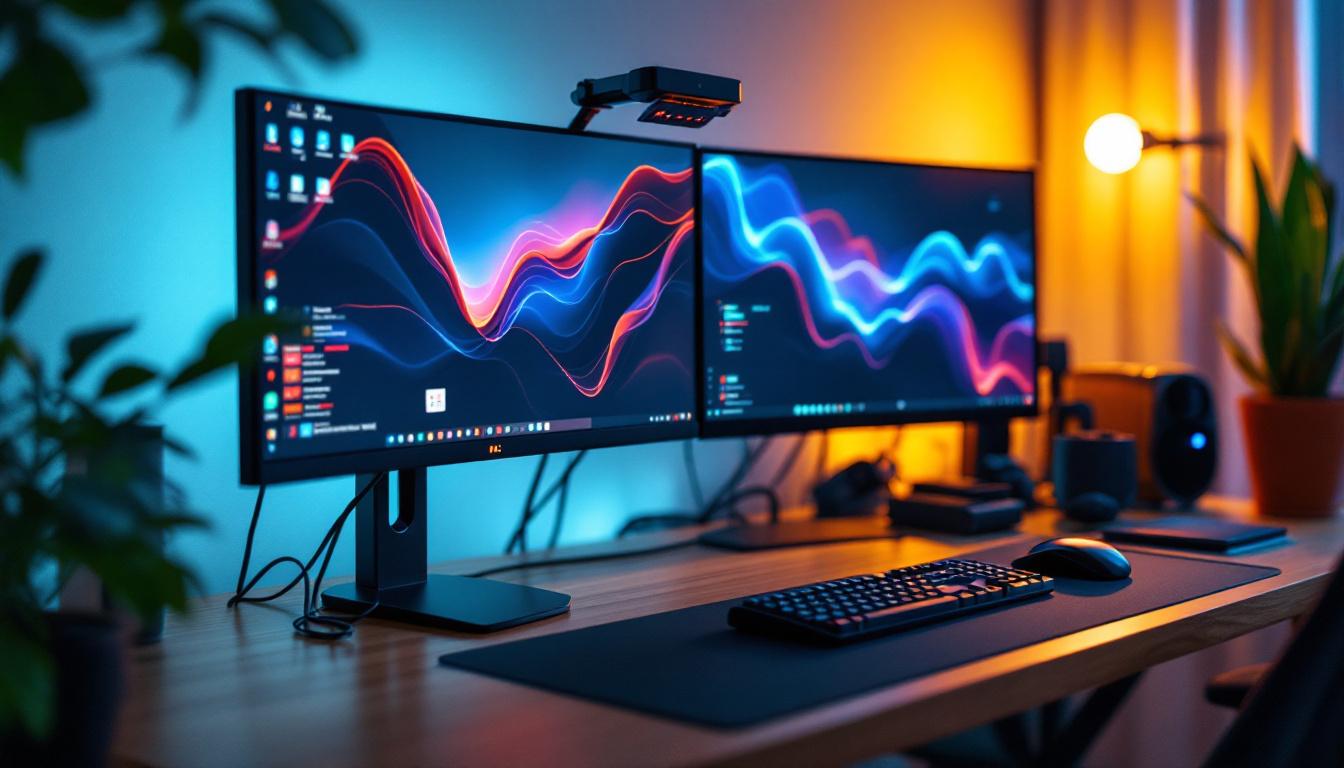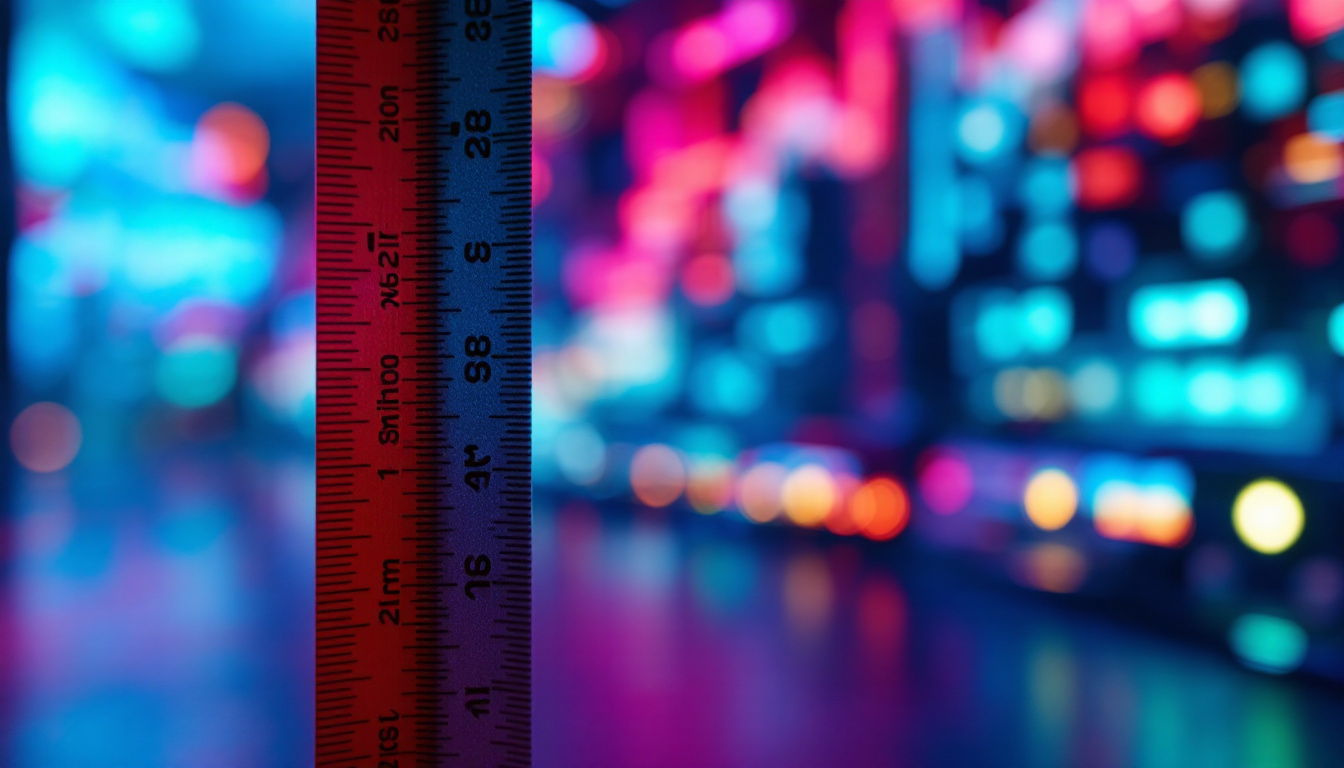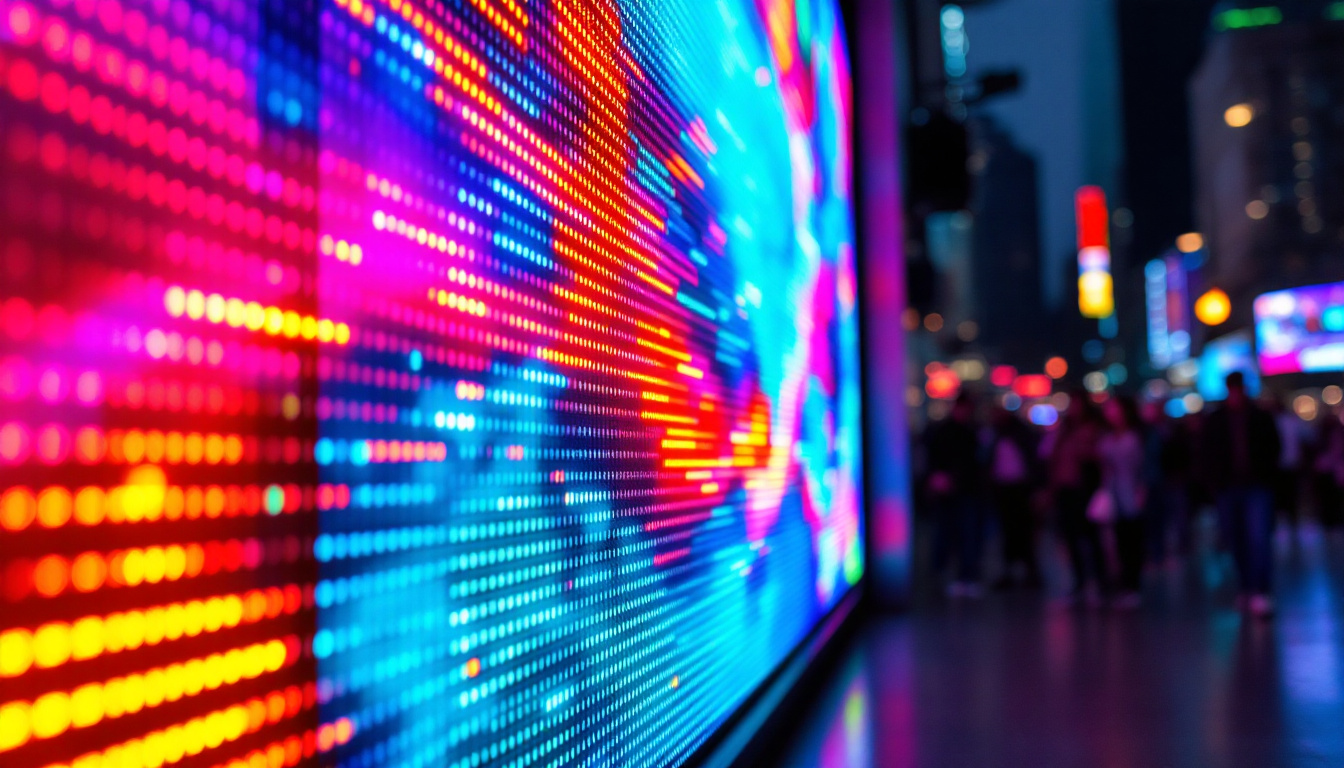In today’s digital age, LED displays have become a cornerstone of visual communication, from massive outdoor billboards to indoor video walls in corporate lobbies. Central to the operation of these vibrant, dynamic screens is the video controller—a crucial component that ensures images and videos are displayed seamlessly and accurately. This article delves into the world of video controllers for LED displays, explaining their function, types, and importance, while providing insights into the latest technologies shaping this field.
Understanding the Role of a Video Controller in LED Displays
At its core, a video controller acts as the brain behind an LED display. It processes incoming video signals and converts them into a format that the LED panels can interpret and display. Without a video controller, LED displays would be unable to render images, videos, or text correctly, resulting in poor visual quality or complete failure to display content.
The video controller manages several critical tasks including signal processing, resolution scaling, color calibration, and synchronization. It ensures that the input source—whether a computer, camera, or media player—is accurately represented on the LED screen, regardless of the display’s size or configuration. This is particularly important for large-scale LED walls, where multiple panels must work in perfect harmony to create a seamless image.
Moreover, video controllers often provide user-friendly interfaces for content management, allowing operators to adjust settings, switch inputs, and fine-tune the display remotely. This flexibility is invaluable in environments such as stadiums, concert venues, and retail spaces where content needs to be dynamic and adaptable.
In addition to these core functionalities, modern video controllers are increasingly equipped with advanced features such as real-time processing capabilities and support for high dynamic range (HDR) content. This means they can handle more complex visual data, resulting in richer colors and improved contrast on the display. Furthermore, many controllers now incorporate artificial intelligence algorithms that can optimize image quality on the fly, adjusting parameters based on the content being displayed and the ambient lighting conditions in the environment.
Another significant aspect of video controllers is their role in networked environments. Many contemporary systems allow for remote monitoring and control over IP networks, enabling technicians to troubleshoot issues from afar and update firmware without needing to be physically present at the installation site. This capability not only enhances operational efficiency but also minimizes downtime, ensuring that displays remain functional and visually appealing at all times.
Key Functions of Video Controllers
- Signal Conversion: Converts various input formats (HDMI, DVI, SDI, DisplayPort) to the LED display’s native signal.
- Resolution Scaling: Adjusts the input resolution to match the LED screen’s pixel pitch and size.
- Color Calibration: Ensures color accuracy and uniformity across all LED modules.
- Synchronization: Coordinates multiple LED panels to display a cohesive image.
- Content Management: Provides tools for scheduling, switching, and customizing displayed content.
Types of Video Controllers for LED Displays
Video controllers come in various forms, each suited to different applications and display complexities. Understanding these types helps in selecting the right controller for a given LED installation.
1. Standalone Video Controllers
Standalone controllers are dedicated hardware units designed to handle video processing independently. They are often used in fixed installations where reliability and consistent performance are paramount. These controllers typically support multiple input sources and offer extensive configuration options.
For example, in a large sports arena, a standalone controller can manage inputs from cameras, broadcast feeds, and media players, ensuring smooth transitions and high-quality visuals on the massive LED screens. Additionally, these controllers often come equipped with built-in redundancy features, which are crucial for high-stakes environments where any downtime can result in significant losses. Their robust nature makes them a preferred choice for venues that host live events, concerts, and other high-profile gatherings.
2. PC-Based Video Controllers
PC-based controllers leverage software running on standard computers to process video signals. This approach offers flexibility and scalability, allowing users to upgrade or customize their systems through software updates rather than hardware replacements.
These controllers are popular in environments where content changes frequently or where integration with other digital systems is required, such as in corporate events or digital signage networks. The ability to run advanced software applications means that users can easily incorporate animations, real-time data feeds, and interactive elements into their presentations. Furthermore, the use of PC-based systems allows for remote management capabilities, enabling operators to control and monitor displays from anywhere, which is particularly advantageous in multi-location setups.
3. Modular Video Controllers
Modular controllers consist of interchangeable components that can be combined to meet specific display requirements. This design is ideal for large or complex LED walls, where different sections may require different processing capabilities.
By using modular controllers, operators can optimize performance and cost, adding processing power only where needed. This is particularly useful in control rooms or broadcast studios with multi-screen setups. Moreover, the modular design allows for easy maintenance and upgrades; if a specific module fails or becomes outdated, it can be replaced without overhauling the entire system. This adaptability is essential in fast-paced environments where technology evolves rapidly, ensuring that the display systems remain cutting-edge and efficient. Additionally, modular controllers can facilitate advanced features such as pixel mapping and content management, enhancing the overall visual experience for audiences.
Important Features to Consider When Choosing a Video Controller
Selecting the right video controller is critical to achieving optimal LED display performance. Several features should be carefully evaluated based on the intended application and environment.
Resolution and Pixel Pitch Compatibility
The controller must support the LED display’s native resolution and pixel pitch. Pixel pitch—the distance between individual LED pixels—determines the display’s sharpness and viewing distance. Controllers that cannot handle the required resolution may result in distorted or blurry images.
Input and Output Flexibility
Modern video controllers should accommodate a wide range of input formats, including HDMI 2.1, DisplayPort 1.4, and SDI, to ensure compatibility with various video sources. Additionally, the number and type of outputs must match the LED display’s configuration, especially for multi-panel setups.
Latency and Refresh Rate
Low latency is essential for live events, where real-time video feeds must be displayed without delay. High refresh rates, typically 60Hz or above, are necessary to prevent flickering and ensure smooth motion, particularly in sports or broadcast applications.
Color Accuracy and Calibration Tools
Color consistency across all LED modules is vital for professional-grade displays. Advanced controllers provide calibration tools that adjust brightness, contrast, and color balance, maintaining uniformity even as individual LEDs age or environmental conditions change.
Scalability and Control Interface
As LED displays grow in size or complexity, the video controller should be able to scale accordingly. Intuitive control interfaces, often web-based or via dedicated software, simplify operation and reduce the need for specialized technical staff.
Applications and Real-World Examples
Video controllers are integral to a wide range of industries and applications, each with unique demands and challenges.
Outdoor Advertising and Digital Billboards
In outdoor advertising, LED displays must withstand harsh weather while delivering bright, eye-catching visuals. Video controllers used in these settings often include weatherproof housings and robust signal processing capabilities to maintain image quality under varying lighting conditions.
For instance, Times Square in New York City features some of the world’s most advanced LED billboards, utilizing high-end video controllers to manage multiple video feeds and dynamic content seamlessly.
Sports Arenas and Live Events
Sports venues rely heavily on LED video walls to enhance the spectator experience. Video controllers here must handle multiple live camera feeds, instant replays, and graphics overlays with minimal latency.
The Mercedes-Benz Stadium in Atlanta uses sophisticated video controllers to coordinate its massive 360-degree LED video board, one of the largest in the world, ensuring every seat has a clear view of real-time action and entertainment.
Corporate and Retail Environments
In corporate lobbies and retail stores, LED displays serve both informational and branding purposes. Video controllers in these environments prioritize ease of use and integration with content management systems, allowing marketing teams to update promotions or announcements quickly.
Broadcast and Control Rooms
Broadcast studios and control rooms require precise video synchronization and high-resolution output. Modular video controllers are often preferred here for their flexibility and ability to manage multiple displays and signal types simultaneously.
Emerging Trends and Future Developments
The video controller market is evolving rapidly, driven by advances in LED technology and increasing demand for immersive visual experiences.
Artificial Intelligence and Automation
AI-powered video controllers are beginning to emerge, capable of automatically optimizing image quality based on ambient lighting and content type. These systems can also detect and correct faults in LED modules, reducing maintenance costs and downtime.
Higher Resolutions and HDR Support
As 4K and 8K content becomes more prevalent, video controllers are adapting to support ultra-high resolutions and High Dynamic Range (HDR) imaging. This enables LED displays to deliver richer colors and greater detail, enhancing viewer engagement.
Cloud-Based Content Management
Cloud integration allows video controllers to be managed remotely, facilitating real-time content updates across multiple locations. This is particularly beneficial for digital signage networks and global advertising campaigns.
Conclusion
The video controller is an indispensable component of any LED display system, bridging the gap between content sources and the vibrant visuals that captivate audiences. Understanding the different types of controllers, their key features, and the latest technological advancements empowers businesses and event organizers to make informed decisions that maximize the impact of their LED displays.
As LED technology continues to advance, video controllers will play an increasingly sophisticated role, enabling more immersive, dynamic, and high-quality visual experiences across diverse industries worldwide.
Discover LumenMatrix’s Advanced LED Display Solutions
Ready to elevate your visual display capabilities? LumenMatrix is at the forefront of LED display innovation, offering a diverse range of solutions tailored to your unique needs. From stunning Indoor and Outdoor LED Wall Displays to dynamic Vehicle and Sports LED Displays, our technology is designed to captivate and engage your audience. Experience the future of visual communication with our Floor, Custom, All-in-One, and Transparent LED Displays. Embrace the power of cutting-edge LED technology and transform your space into a mesmerizing visual experience. Check out LumenMatrix LED Display Solutions today and see your vision come to life.



